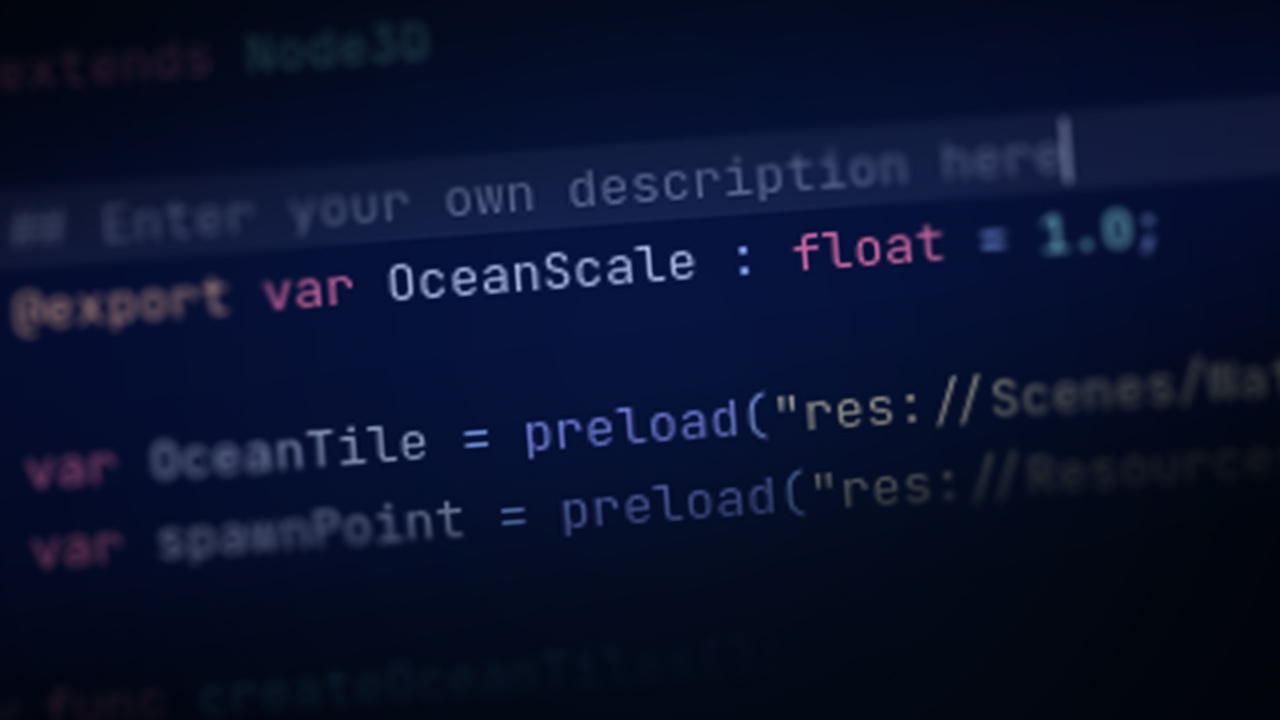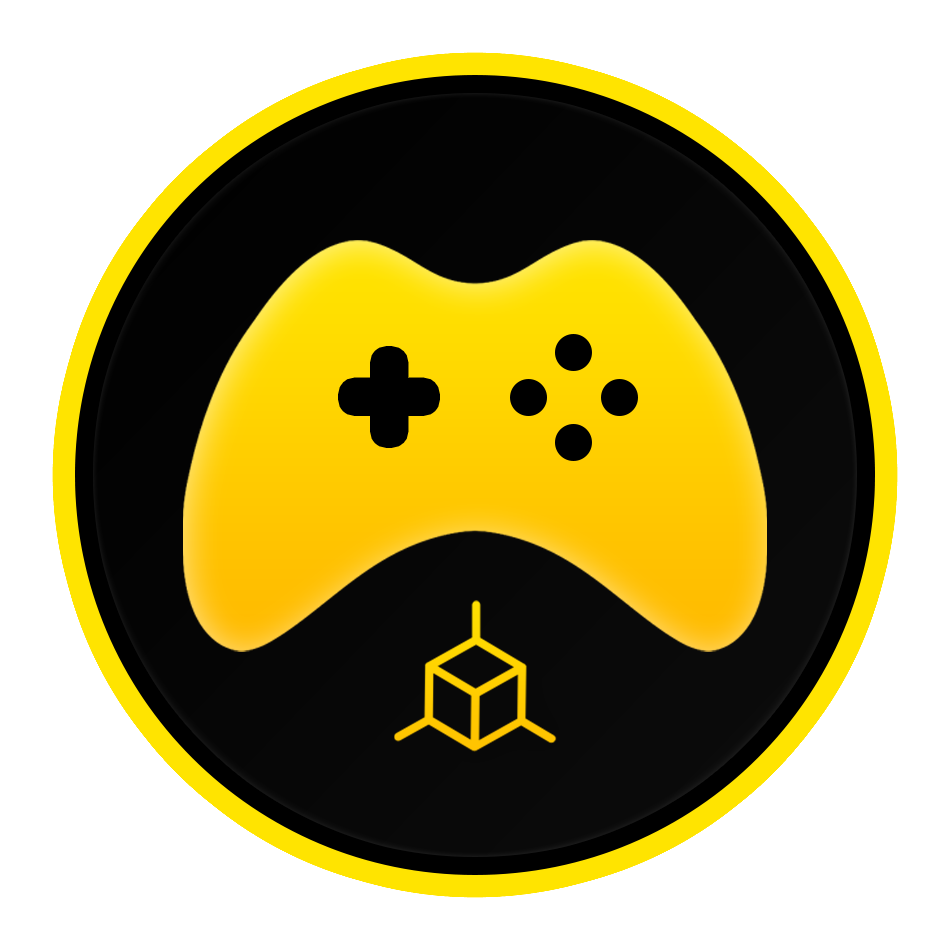When working as a game developer, every tip and trick to save yourself time and make your life easier counts. And I briefly scoured the internets to find some great Godot Engine tricks and bundled them up in a nice quick video for you, so you don’t have to.
Here are 12 Godot Engine tricks you don’t know about (probably).
1. Type Hints
When scripting with GDscript, the editor will offer you hints, reminders, and errors for your code and typed hints provide the information it needs. Referencing a variable with no type hint will give you a big ole nothing, but by giving the variable a type hint, the editor knows what you’re referencing and can give you public functions or variables. You can add typed hints by playing a colon after your variable name and then the variable type and if you just place a colon, the editor will try to infer the type.
var variable : float = value; # OR # var variable : = 1.0;
2. Choose Between Multiple Nodes
If you have a number of nodes on top of one another, you can press Alt + Right Click on them in the viewport to see a list of the nodes. And, at least in the 2D editor, select one of those nodes on the list.
3. Pick Color in Script Editor
When coding in the script editor and working with colors, you can use the built-in Color function to make selecting colors a bit easier. Simply type out the function, then right click Color to bring up the menu, then click Pick Color. This will bring up the color picker. Whichever color you pick will automatically be filled within your Color function. You can also add that color to your swatch and save it for later.
var color = Color();
4. Evaluate Math
If you have any complicated math to do, you can do that right in the editor by evaluating mathematical statements. Write out your extremely hard math problem, highlight it with the mouse, then right click and select Evaluate Selection OR hit Ctrl + Shift + E…and voila…math solved.
5. Breakpoints
If you ever wanted to stop your script at certain point, you can do that with Breakpoints. Setting a breakpoint allows you pause your game, references your breakpoint, and gives you what is called a stack trace with gives you a bunch of information about what your game is currently doing. You can also hover over any variable BEFORE the breakpoint to see the current value, which is a great way to debug variables at certain points of your script. You can set multiple breakpoints in your scripts…pause during gameplay, then continue the scripts to the next breakpoint when you have the info you need. There’s is much more to breakpoints and debugging, but it’s good to start thinking about how you can use this feature early.
6. Easy @onready Variable
Hate typing out your @onready node variables? By left clicking the node, then pressing Ctrl and dragging the node to your script…the engine will create the @onready variable for you automatically. Time saved…
7. Get to docs with F1
Another quick fix that some people may not think about….if you’re like me and are constantly looking up GDScript references in the engine docs…don’t hit the Search Help…just hit F1 and search for what you need.
8. CTRL click shows you help page of any variable
And if you have a certain function, property that you want to check in the docs…you don’t even need to F1 and search…just hover over the code while holding Ctrl and left click to go directly to the doc page for that function or variable.
9. ## pound signs for doc
You may know that your variables and functions get added to the Search help automatically…if you didn’t, then i guess there’s a free trick but did you know that can add descriptions for your own variables and functions? Simply add two pound signs as a super comment and whatever you type after will become the description for the variable below it.
## Your custom description goes right here and will show in the docs var yourVariable : Vector3 = Vector3(0.0,0.0,0.0);
10. print() options
You probably use print() all the time but did you know there are other versions of the print function you can use? print_debug() will also show you the current stack frame…print_stack() will print a stack track code at the code location…printerr() will print as a standard error line….prints() will print multiple arguments with spaces in between….printt() will print multiple arguments with tabs in between.
print("hello"); # prints hello
print_debug("hello"); # prints hello and current stack frame
print_stack(); # prints stack track code at code location
printerr("hello"); # prints hello as an error code
prints("hi","hello","bye"); # prints hi hello bye
printt("hi","hello","bye"); # prints hi hello bye
11. Use underscores to make large numbers readable
Have any really big numbers in the editor and it’s making it a bit hard to read? You can add underscores in place of commas to make the large numbers a bit more readable. The underscores are ignored and the number will read the same.
var bignumber : int = 2_000_000_000;
12. 2D, 3D, Script Shortcuts
You can quickly switch between the 2D, 3D, Script, and Asset tabs by holding Ctrl and the F1, F2, F3, and F4 keys. Better yet…add secondary shortcuts like Alt+ Q, W, E, and R to make it even easier to switch between the tabs. Head to the Editor Settings -> Shortcuts, then find the “Open 2D Editor”, “Open 3D Editor”, “Open Asset Library”, and “Open Script Editor” shortcuts and click the + button to add a secondary shortcut for each.
13. Change editor colors
And finally, if you ever get tired of the grey-blue color attack that is the editor interface, you can easily adjust the colors of the editor by clicking Editor -> Editor Settings. There you’ll find various Theme tabs for the Interface and Text Editor where you edit the colors of your theme…like adjust the editor background or pretend you’re really working Unreal.

